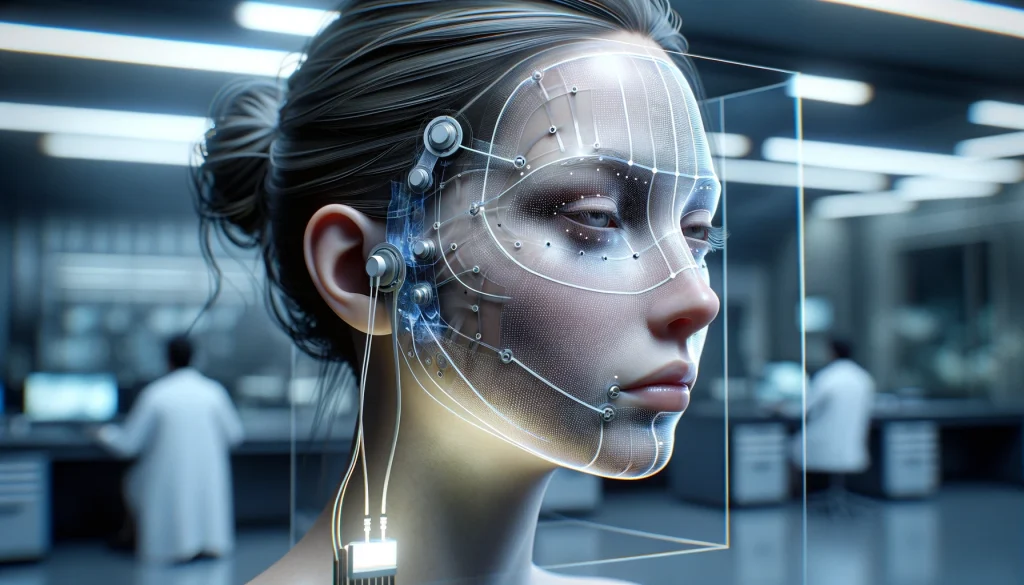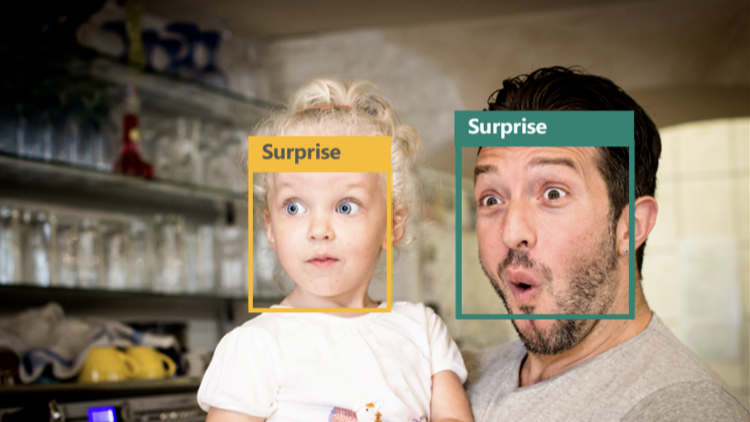Researchers from the Ulsan National Institute of Science and Technology (UNIST) in South Korea have taken a significant step toward the full integration of humanoid robots into society. Newly developed wearable facial sensors are capable of reading complex emotional states of humans and responding appropriately. Here are the details…
These Wearable Facial Sensors Understand Emotions
Robots may possess impressive abilities in many fields, but they still have significant limitations in truly understanding human emotions. This new system developed by UNIST researchers could contribute to the rapid advancement of technological emotional intelligence.

The research team developed a flexible wearable facial system capable of monitoring skin friction and vibrations and generating its own energy. This system consists of thin, transparent, flexible sensors attached to both sides of the face.
Each sensor is attached between the eye and ear, with branches extending over and around the eyes, down to the chin, and back of the head. The team states that these sensors can be custom-made for any face.
A New Step in Understanding Human Emotions
Once the sensors are placed, they connect to an integrated system that learns to code human emotions by analyzing patterns of strain and voice vibrations on the face. Unlike other similar systems, this system entirely generates its own power based on the piezoelectric principle as the sensor material stretches.

This means the sensors can be worn all day without the need for charging. The UNIST team successfully applied this technology in VR environments. During testing, researchers used this new emotional perception system to offer book, music, and movie recommendations based on emotional states.
No Need to Say or Write Your Mood Anymore
This indicates that VR headsets in the future might monitor our emotions to adjust our virtual worlds accordingly. UNIST’s work is the latest example of efforts to make technology more sensitive to human users.

These new wearable facial sensors represent a significant step in technological advancements toward better understanding human emotions. As a species that experiences a wide range of emotions, the way we interact with these technologies in every aspect of our lives and the outcomes of these interactions are eagerly anticipated.
Feel free to share your thoughts in the comments section below.














